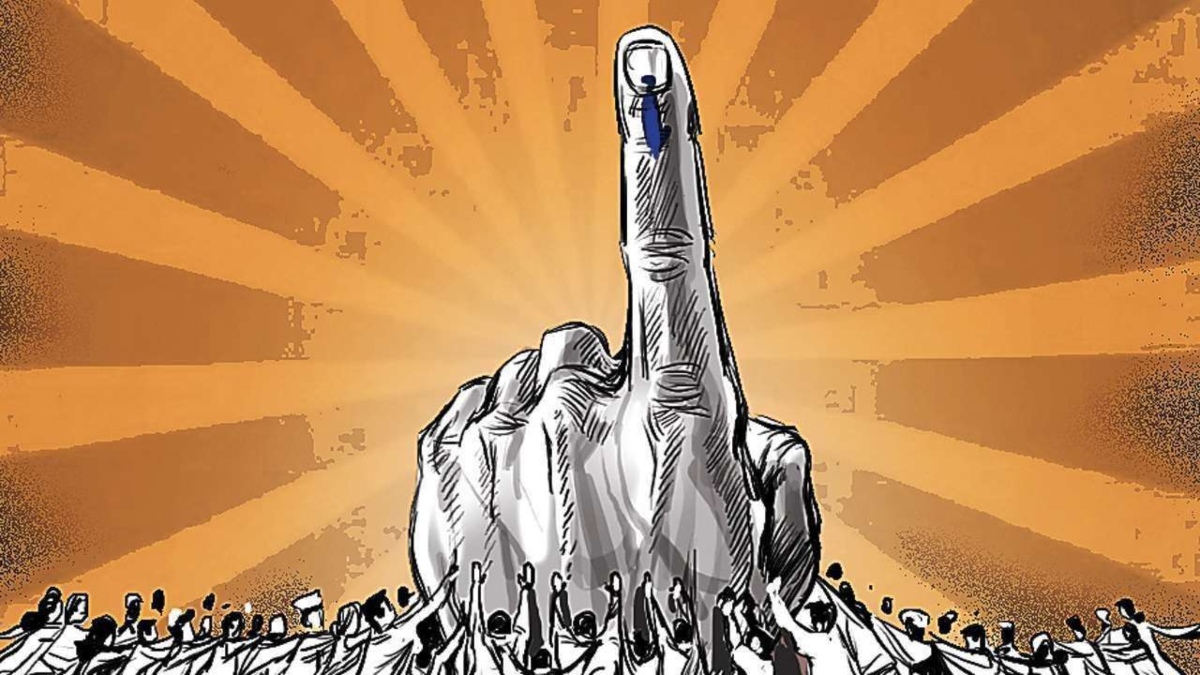


Finally, the dates for the Gujarat Assembly elections have been announced by the Election Commission of India. As expected, Gujarat assembly election results will also be announced on 8 December along with Himachal Pradesh assembly election results. Government machinery and political parties will have some restrictions on their free functioning until the election is over, as the Model Code of Conduct for Elections has been enforced in the state. At this stage, it will be interesting to assess how this election is different from the previous assembly elections in terms of statistics and other perspectives.
First of all, if we look at the last two decades, since 2007, Gujarat elections have been held in two phases. This time the announcement of the election has been delayed, but the election is held early. It means the code of conduct time will remain shorter than previous elections, which lasted on average around one and a half months. In 1998 and 2012, there were so-called tripartite battles with parties by the leaders who broke away from the BJP, but this time, for the first time, the three main parties, the BJP, the Congress, and the Aam Aadmi Party, are set to fight.
Secondly, it is also interesting to know the difference and comparison in voting patterns among Guajarati voters and the increase in the number of polling stations. In 1962, there were 10960 polling stations, which have increased to 51782 in 2022. The lowest voter turnout in the state is 48.37 % in1980,0 while the highest voter turnout is 72.02 % in 2012. It seems that there can be more than 75 % voting this tme, if all goes well.
Thirdly, if we look at the number of voters, it has increased by 57.12 lakh in the last five years. In 2017, there were 4,33,37,492 voters, which included 2,25,57,032 male voters and 2,07,57,032 female voters. This time, the total number of voters is 4,908,895,765, which includes 2,53,36,610 male voters and 2,37,51,738 female voters. It is to be noted that 9.87 lakh voters are above 80 years of age, and 10460 proud voters have crossed the age of 100!
Lastly, it is also interesting to understand how political parties have risen and fallen during the last 15 years. Looking at the statistics of the 2007 and 2012 and 2017 assembly elections, the vote bank of the BJP has remained relatively stable, while the vote bank of the Congress has been increasing continuously. After the 2017 elections, some Congress MLAs joined the BJP. That is why the BJP’s strength in the last assembly increased from 99 to 111 and the Congress’s strength fell to 62 from 77.
The Election Commission of India has announced some special measures this time to increase voter turnout, which is another positive step in the direction of better democracy and is surely encouraging.
Sudhir S. Raval is a veteran journalist and columnist from Gujarat and Consulting Editor with iTV Network, New Delhi